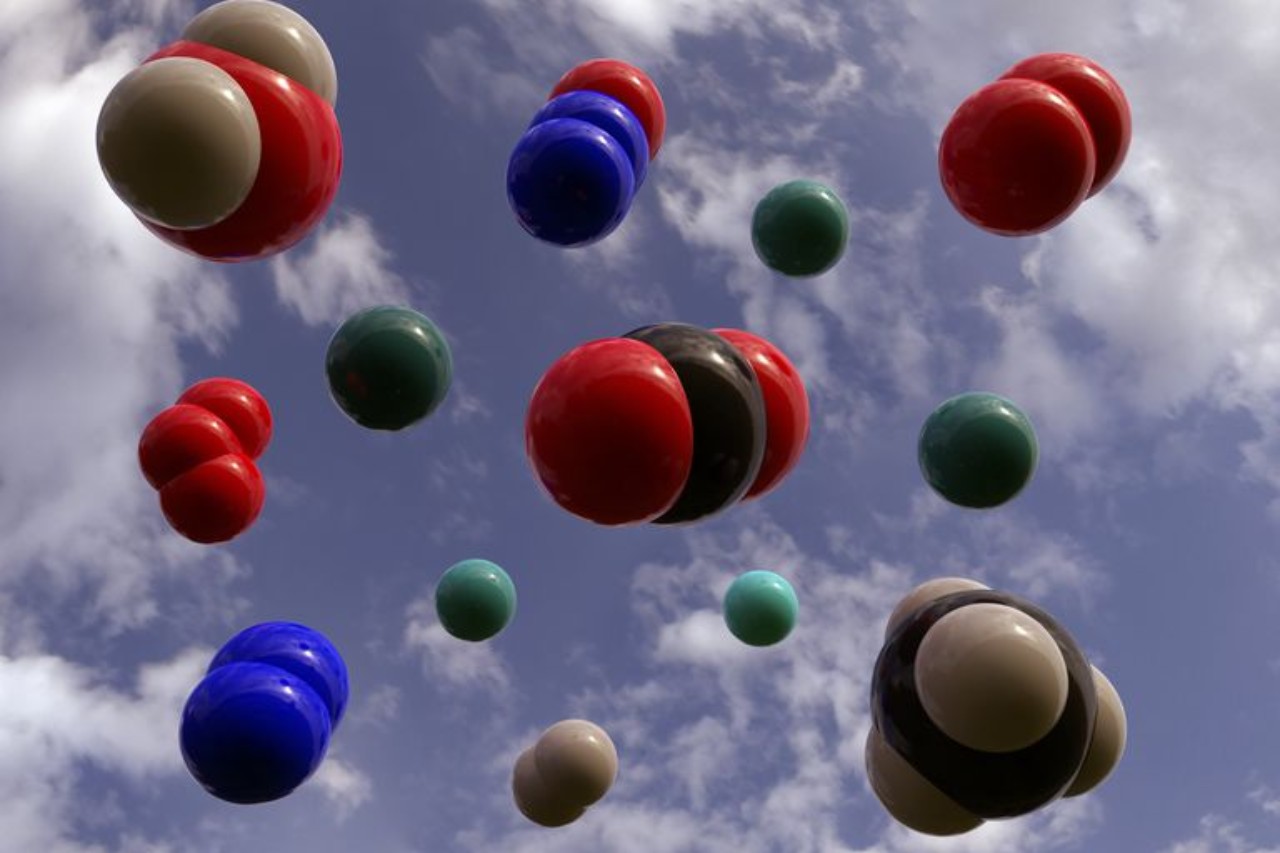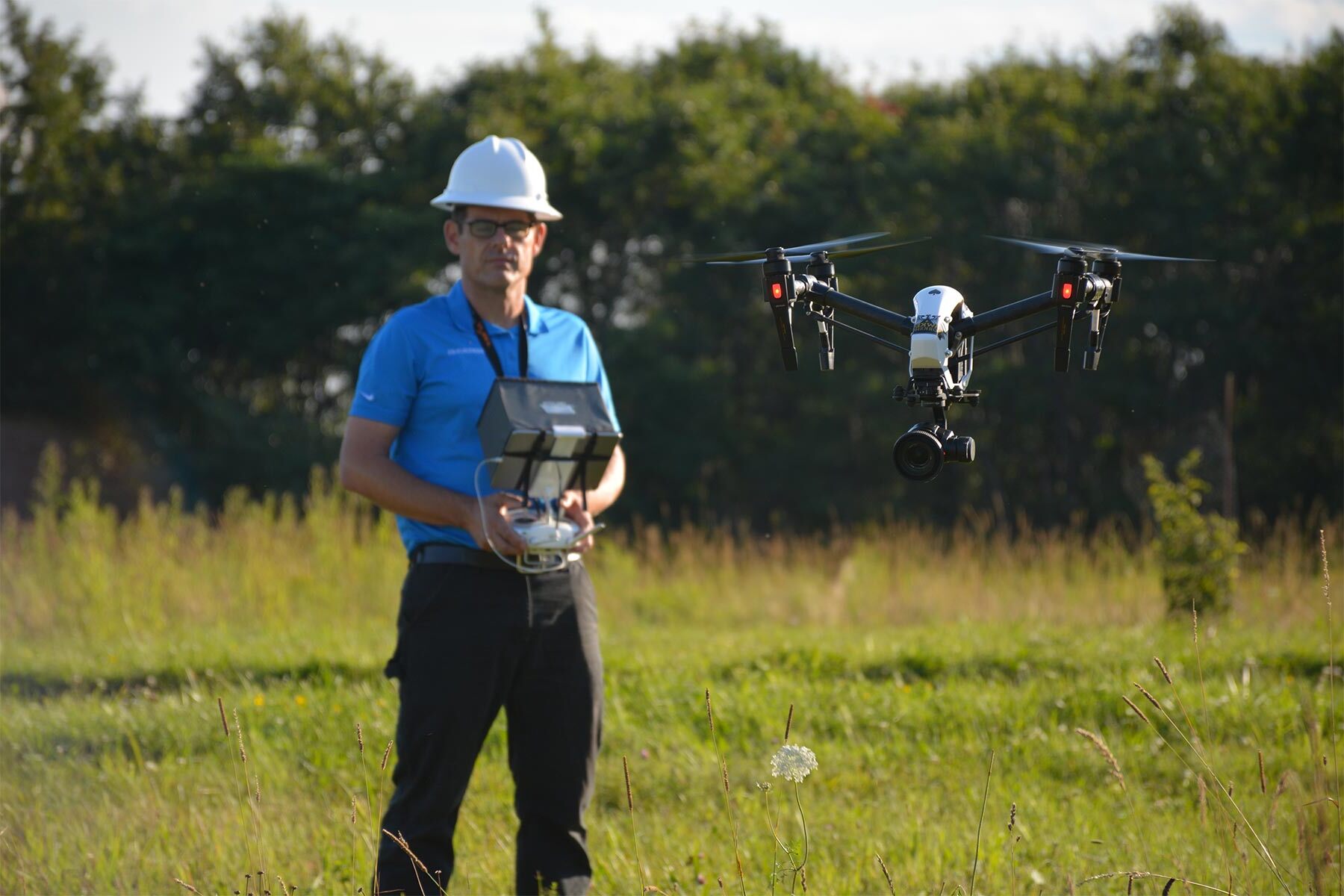
Gas is a fundamental component of our everyday lives, but how much do we really know about it? While we may be familiar with the concept of gas as a state of matter, there are some surprising facts about real gas that often go unnoticed. From its unique properties to its diverse applications, real gas is a fascinating subject with a rich history of scientific exploration.
In this article, we will uncover eight surprising facts about real gas that will broaden your understanding of this essential substance. Whether you’re a chemistry enthusiast or simply curious about the world around you, prepare to be amazed by the hidden wonders of real gas and its impact on our daily lives.
Key Takeaways:
- Real gases behave differently from ideal gases due to molecular interactions, condensing at low temperatures, and exhibiting van der Waals forces, making their behavior more complex and interesting.
- When real gases are compressed, they occupy less volume than ideal gases, showing significant deviations from ideal gas behavior at low temperatures, and having non-zero molar volumes, which makes them behave in surprising ways.
The behavior of real gas differs from an ideal gas.
Real gas deviates from ideal gas behavior due to intermolecular forces and molecular size. Unlike ideal gases, real gases have volume and are subject to attractive and repulsive forces between molecules, making their behavior more complex.
Real gases can exhibit condensation.
Under conditions of low temperature and high pressure, real gases can undergo condensation, converting from the gaseous state to a liquid or solid state. This phenomenon is not observed in ideal gases.
Real gases can liquefy at critical temperatures.
Each gas has a critical temperature, above which it cannot be liquefied regardless of the pressure. Real gases can reach this critical temperature and transition into a supercritical fluid state.
Gases can become more real when compressed.
Compressing a gas increases the density of molecules, bringing them closer together and enhancing the effect of intermolecular forces. This compression can cause real gases to behave more like their ideal gas counterparts.
Real gases occupy less volume than ideal gases.
Due to molecular interactions, real gases occupy slightly less volume than predicted by the ideal gas law. This effect becomes more pronounced at high pressures and low temperatures.
Real gases exhibit van der Waals forces.
Van der Waals forces, including dipole-dipole interactions and London dispersion forces, play a significant role in the behavior of real gases. These forces are not considered in the ideal gas law.
Real gases show significant deviations from ideal gas behavior at low temperatures.
At low temperatures, real gases experience a greater deviation from ideal gas behavior due to the increased influence of intermolecular forces. This behavior is captured by alternative equations of state, such as the van der Waals equation.
Real gases have non-zero molar volumes.
In contrast to ideal gases, real gases have non-zero molar volumes. This means that the volume occupied by the molecules themselves cannot be neglected, especially at high pressures.
Conclusion
Real gas is a fascinating topic that encompasses many surprising facts. From its behavior under varying conditions to its applications in different fields, real gas offers a wealth of knowledge to explore. By delving into the properties and characteristics of real gases, we can better understand their behavior and unlock new possibilities in various industries.
Whether it’s understanding the effects of temperature and pressure on real gas behavior or recognizing the differences between ideal and real gases, studying real gas provides valuable insights into the intricacies of the physical world. From gas law deviations to the effects of intermolecular forces, the study of real gas unveils a complex yet captivating realm of chemistry.
As scientists continue to unravel the mysteries of real gas, we can expect more surprising facts and discoveries that will further expand our understanding of this fascinating subject.
FAQs
Q: What is a real gas?
A real gas is a gas that does not fully adhere to the assumptions of the ideal gas law. Unlike an ideal gas, a real gas experiences deviations from ideal behavior due to intermolecular forces and finite molecular volumes.
Q: How do real gases differ from ideal gases?
Real gases differ from ideal gases in several ways. While ideal gases have no intermolecular forces and occupy no volume, real gases exhibit intermolecular attractions and occupy a finite volume. Real gases also show deviations from the ideal gas law at certain temperature and pressure conditions.
Q: What are some applications of real gas?
Real gas behavior is crucial in many practical applications. It plays a significant role in the design and operation of natural gas pipelines, the behavior of gases in combustion engines, and the understanding of the atmosphere’s composition.
Q: What causes deviations from ideal gas behavior?
Deviations from ideal gas behavior occur primarily due to intermolecular forces and molecular volume. These factors affect the compressibility of gases and lead to variations in their behavior, especially at high pressures and low temperatures.
Q: How is real gas behavior studied?
Real gas behavior is studied through experimental observations and mathematical models. Scientists use various equations of state, such as the Van der Waals equation, to account for the deviations from ideal gas behavior and accurately describe the properties of real gases.
Intrigued by real gas behavior? Dive deeper into chemistry's fascinating world with our captivating articles. Unravel van der Waals equation's mysteries, marvel at Joule-Thomson effect's mind-blowing implications, and explore non-ideal gas's astounding properties. Embark on a thrilling journey through science's hidden wonders, where each revelation sparks curiosity and ignites a passion for knowledge. Ready to discover more? Let these engaging reads be your guide, illuminating the path to understanding chemistry's most extraordinary secrets.
Was this page helpful?
Our commitment to delivering trustworthy and engaging content is at the heart of what we do. Each fact on our site is contributed by real users like you, bringing a wealth of diverse insights and information. To ensure the highest standards of accuracy and reliability, our dedicated editors meticulously review each submission. This process guarantees that the facts we share are not only fascinating but also credible. Trust in our commitment to quality and authenticity as you explore and learn with us.


